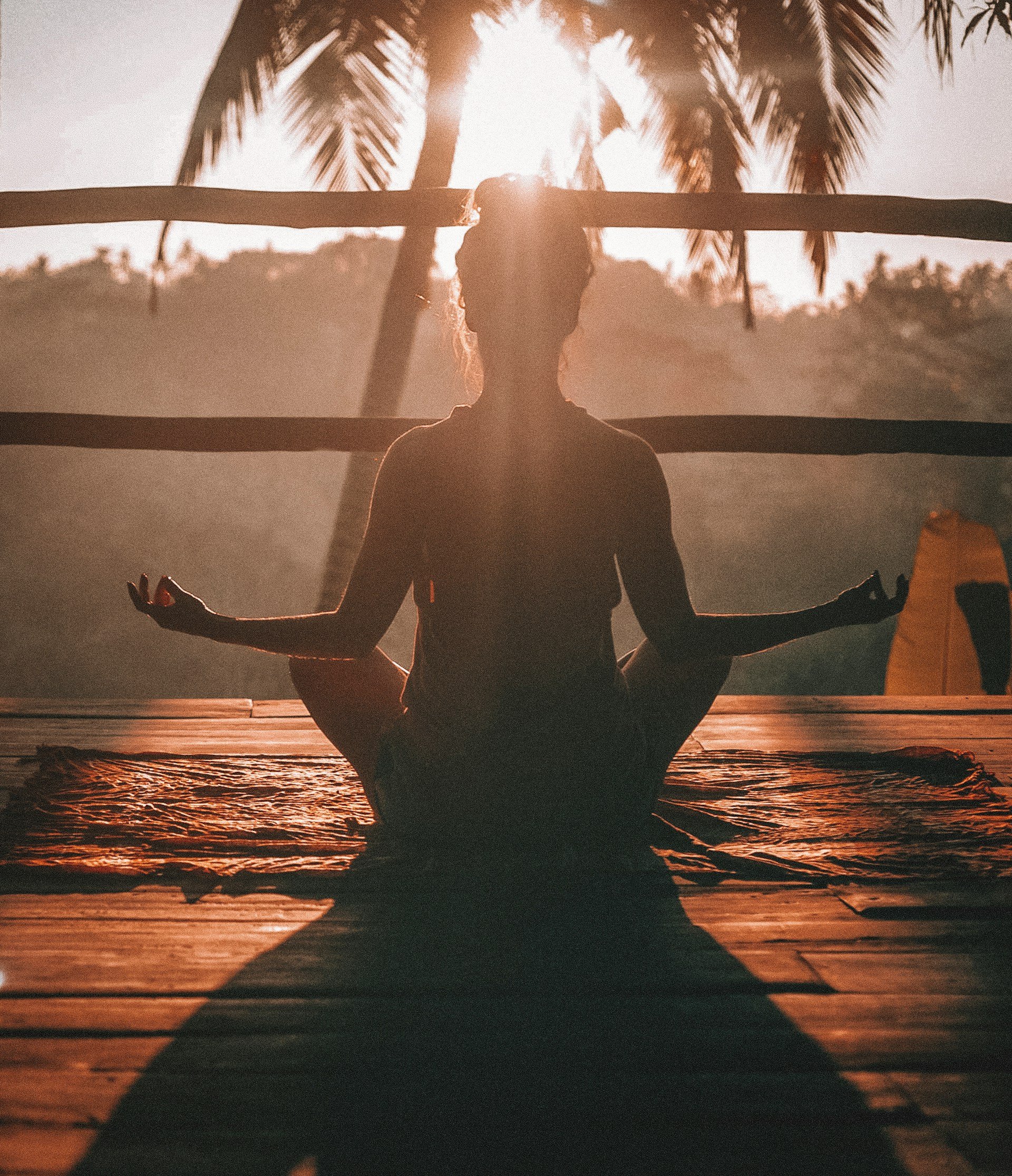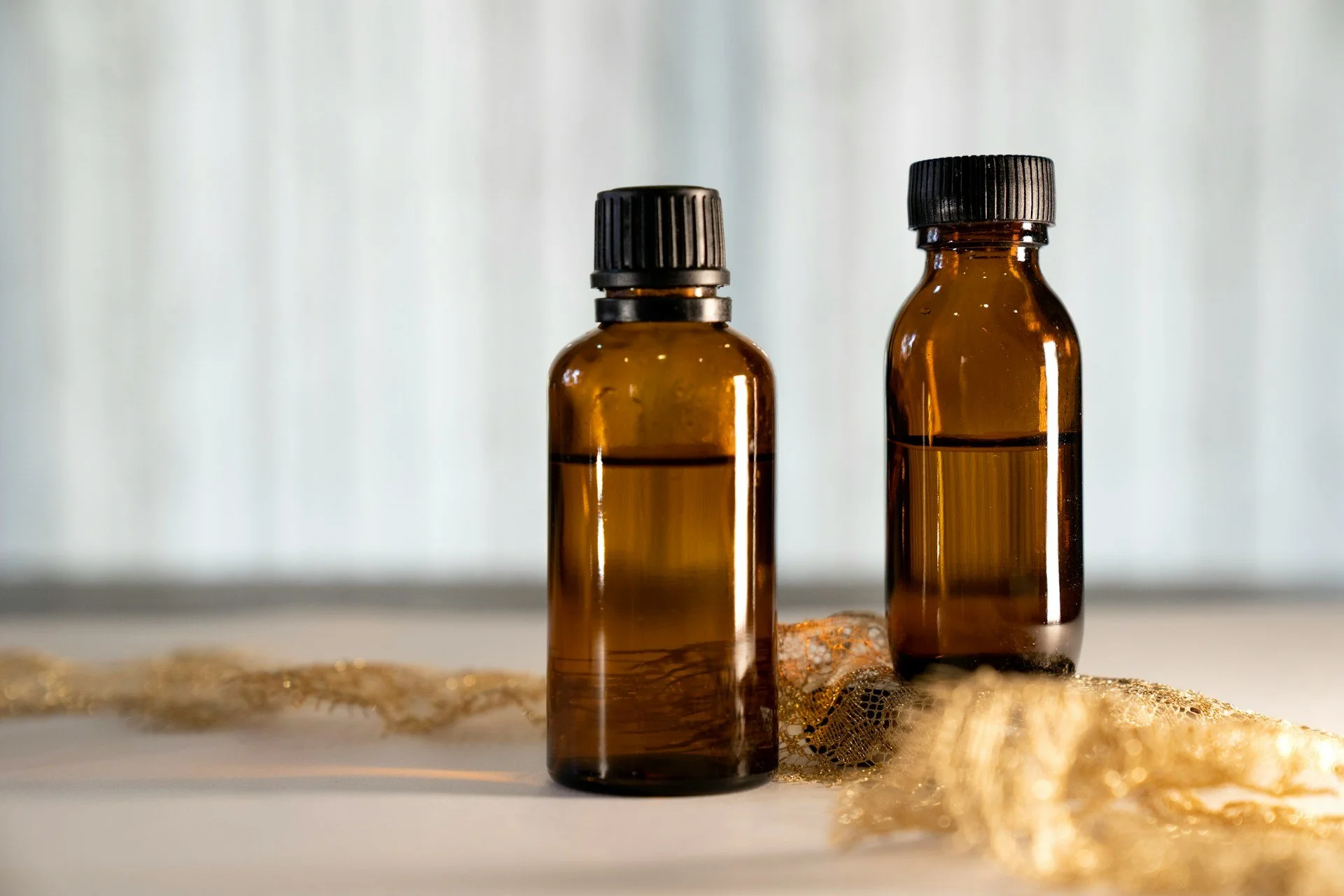In a world filled with constant noise and distractions, finding moments of peace and stillness can seem elusive. However, silent retreats and meditation practices offered at spas provide a sanctuary where individuals can escape the chaos of daily life and reconnect with their inner selves. In this article, we'll explore the profound impact of silence on mental, emotional, and physical well-being, as well as the unique experiences offered by silent retreats and meditation practices at spas.
The Healing Power of Silence
Silence has long been revered as a potent healer in various spiritual and philosophical traditions. In today's fast-paced society, where incessant chatter and digital stimuli dominate our surroundings, the practice of silence offers a much-needed reprieve for overstimulated minds. Research has shown that periods of silence can reduce stress, lower blood pressure, and improve cognitive function. By quieting the mind and tuning into the present moment, individuals can cultivate a sense of inner peace and clarity.
Silent Retreats: A Journey Inward
Silent retreats provide an immersive experience where participants embark on a journey of self-discovery and inner exploration. These retreats typically take place in serene natural settings, away from the distractions of modern life. Participants are encouraged to observe noble silence, refraining from speaking and engaging in verbal communication throughout the duration of the retreat. This intentional silence allows individuals to turn their attention inward, fostering self-reflection, introspection, and mindfulness.
At silent retreats, meditation serves as a central practice, guiding participants into deeper states of awareness and presence. Whether through seated meditation, walking meditation, or mindful movement, individuals learn to cultivate mindfulness and attunement to the present moment. In addition to meditation, silent retreats may incorporate yoga, nature walks, journaling, and other contemplative practices to support holistic well-being.
Benefits of Silent Retreats
The benefits of silent retreats extend beyond the duration of the retreat itself, often leaving a lasting impact on participants' lives. Some of the key benefits include:
1. Stress Reduction: Disconnecting from external stimuli and immersing oneself in silence can significantly reduce stress levels, promoting relaxation and rejuvenation.
2. Enhanced Clarity and Focus: Silence provides a conducive environment for sharpening mental clarity and concentration, allowing individuals to gain insight into their thoughts and emotions.
3. Emotional Healing: Through introspection and self-exploration, participants may uncover and process unresolved emotions, leading to emotional healing and catharsis.
4. Spiritual Growth: Silent retreats offer a space for deep spiritual inquiry and contemplation, fostering a sense of connection with the self and the larger universe.
5. Renewed Energy and Vitality: By replenishing mental and emotional reserves, silent retreats leave participants feeling revitalized and energized, ready to approach life with renewed vigor.
Meditation Practices at Spas
In addition to dedicated silent retreats, many spas incorporate meditation practices into their offerings to promote relaxation and holistic well-being. These meditation sessions may range from guided mindfulness meditation to sound baths, where participants immerse themselves in soothing sounds and vibrations. The tranquil ambiance of spa settings enhances the meditative experience, allowing individuals to sink into a state of deep relaxation and inner stillness.
Furthermore, spas may offer specialized meditation classes tailored to specific themes or intentions, such as stress relief, emotional healing, or spiritual growth. Certified meditation instructors guide participants through various techniques and exercises designed to quiet the mind, release tension, and cultivate inner peace.
Exploring the Depths of Mindfulness and Awareness
Central to silent retreats and meditation practices is the cultivation of mindfulness—a state of non-judgmental awareness of the present moment. Mindfulness allows individuals to observe their thoughts, sensations, and emotions with curiosity and acceptance, free from the compulsion to react or resist.
Through mindfulness practices, participants develop a deeper understanding of their inner landscape, uncovering habitual patterns of thought and behavior that may no longer serve them. By bringing conscious awareness to these patterns, individuals gain the freedom to choose how they respond to life's challenges with greater clarity and equanimity.
Moreover, silent retreats often incorporate mindful movement practices such as yoga or qigong, allowing participants to embody their practice and connect with the wisdom of the body. These gentle, meditative movements promote relaxation, flexibility, and a sense of embodied presence, fostering harmony between mind, body, and spirit.
Healing the Wounds of the Past: Embracing Inner Transformation
Silent retreats provide a nurturing environment for emotional healing and inner transformation to unfold. As participants engage in deep introspection and self-inquiry, they may encounter unresolved emotions, traumas, or limiting beliefs that have been buried beneath the surface.
With compassionate awareness, individuals are encouraged to meet these inner wounds with kindness and acceptance, allowing for the process of healing to naturally unfold. Through practices such as loving-kindness meditation and inner child work, participants cultivate self-compassion and forgiveness, releasing the burdens of the past and embracing a newfound sense of wholeness and liberation.
Moreover, the supportive community of specialists at silent retreats provide a container for individuals to share their experiences, insights, and struggles with others who are walking a similar path. Through authentic connection and mutual support, participants feel seen, heard, and held in their journey of self-discovery and healing.
Silent retreats and meditation practices at spas offer a sacred space for individuals to embark on a profound journey of self-discovery, healing, and transformation. By embracing the power of silence and mindfulness, participants cultivate inner peace, clarity, and resilience in the face of life's challenges. As they reconnect with themselves and the present moment, they uncover the boundless potential that lies within, awakening to a deeper sense of purpose, connection, and well-being.
Expanding upon these themes, we delve deeper into the nuances and intricacies of silent retreats and meditation practices, exploring their transformative potential and the profound impact they can have on individuals' lives. Through introspection, mindfulness, and community support, participants embark on a journey of self-discovery, healing, and inner transformation, ultimately emerging with a renewed sense of purpose, clarity, and vitality.



























































